The Gift of South Dakota
Subscriptions to South Dakota Magazine make great gifts!
Subscribe today — 1 year (6 issues) is just $29!
Varmint or Trickster?
Jan 2, 2012
Driving north on Highway 63, a few miles out of Jonesboro, Arkansas, at about ten in the morning, I saw a coyote on the edge of the road. It was the best look I have yet enjoyed of North America’s ubiquitous wild dog. It was a darker shade of gray and rather more menacing in appearance than most photos I have seen. I fell immediately in love.
If you are a rancher in these Dakotas you may not share my sentiment. When I stopped for a bathroom break at Summit, I noticed an announcement for a coyote hunt. If you think I am about to tell you that hunting coyotes is bad, prepare to be disappointed. Though I do not hunt, I have no objections moral or otherwise to hunting. I am not at all offended by coyote hunting, my affections for the animal notwithstanding. This is just one of the many challenges that comprise the coyote’s environment.
They seem to be meeting the challenges rather well. I first heard a coyote chorus when I was backpacking in Theodore Roosevelt Park in North Dakota. First one howl came, and then dozens of answers from all directions. It came as an utter surprise and I am haunted by it still. I had the eerie thought at that moment that I was listening to ghosts. “Do they not know that the world has changed and they are no longer at home in it?” I asked my companion. I couldn’t have been more wrong.
I heard it again not much later while sitting around a campfire in Craighead County Arkansas. If there were any coyote around my home town when I was a boy, I didn’t know about it and I certainly never heard them. They are there now, in force.
Coyote are everywhere now. They have taken to following golfers in the Bronx. They have been sighted on Michigan Avenue in Chicago. They are in Manhattan. Despite enormous efforts to eradicate them, they have flourished. We are their environment.
There is a kind of justice in this. It is almost certainly true that all human beings in North America came here from somewhere else. The same is true of wolves, according to Christopher Ketcham’s beautiful essay in Orion. The coyote began here, evolving some eleven million years ago.
No one has been better acquainted with the native canine than Native Americans. The Navajos tell wonderful stories about Coyote, a primordial trickster. Coyote is a deliciously ambiguous spirit, sometimes a hero but often a scoundrel. He causes lots of trouble for himself and everyone else by always pushing his luck and throwing caution to the wind. That, at any rate, is how I read the stories.
Recently I discovered some modern versions of the Coyote tales by Jim Bihyeh. You can listen to readings of these tales at Pseudopod.org, a site that offers readings of spooky stories each week. Look for episodes 159, 167, and 182. You can download them for free and listen to them on your computer or iPod. These stories are incredibly rich in mythic imagery and detail, placing ancient spirit world narratives and magical combat into very contemporary settings. You’ll thank me for the tip.
Meanwhile I will keep my eyes open for the trickster. Our fascination with animals is often a function of familiarity. German tourists will stop to take dozens of photos of a buffalo, while locals just honk them out of the way. Someone who has lived in downtown Saint Louis all his life will be tempted to take a snapshot of his first cow. Coyote may soon become so familiar that we will as surprised by one as by a squirrel. Just now, for most of us, they are on the edge. They have arrived to remind us that, while we live on this world and dominate so much of it, we will never own it or comprehend it. Coyote still has tricks up his sleeve.
Dr. Ken Blanchard is a professor of Political Science at Northern State University and writes for the Aberdeen American News and the blog South Dakota Politics.


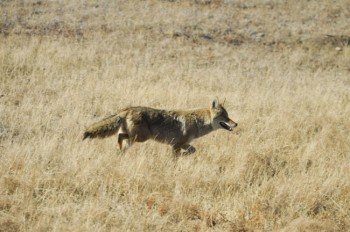
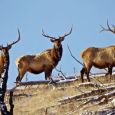
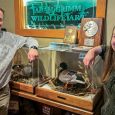

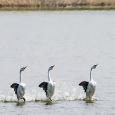
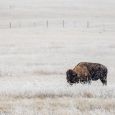
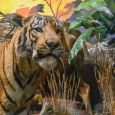


Comments